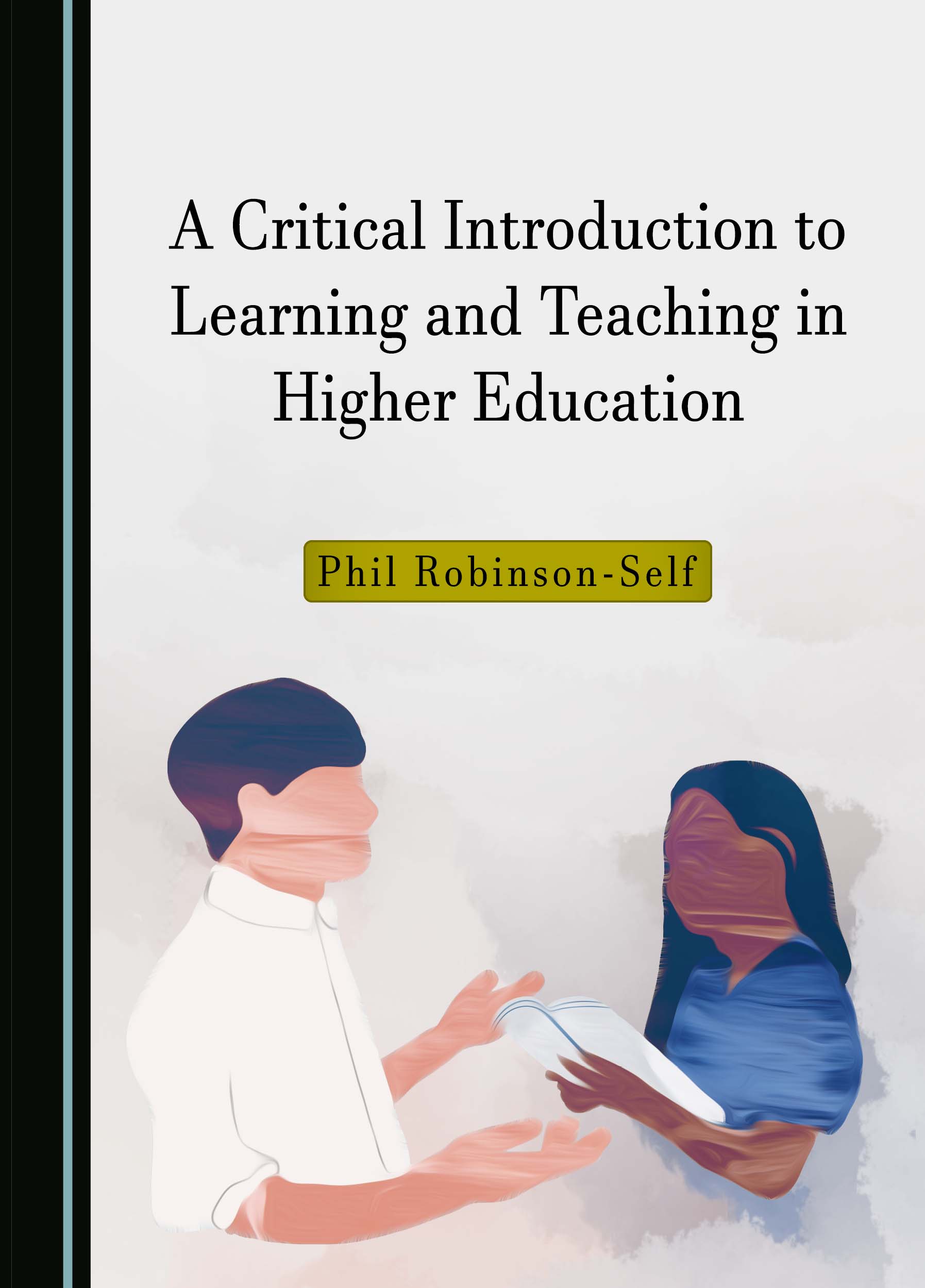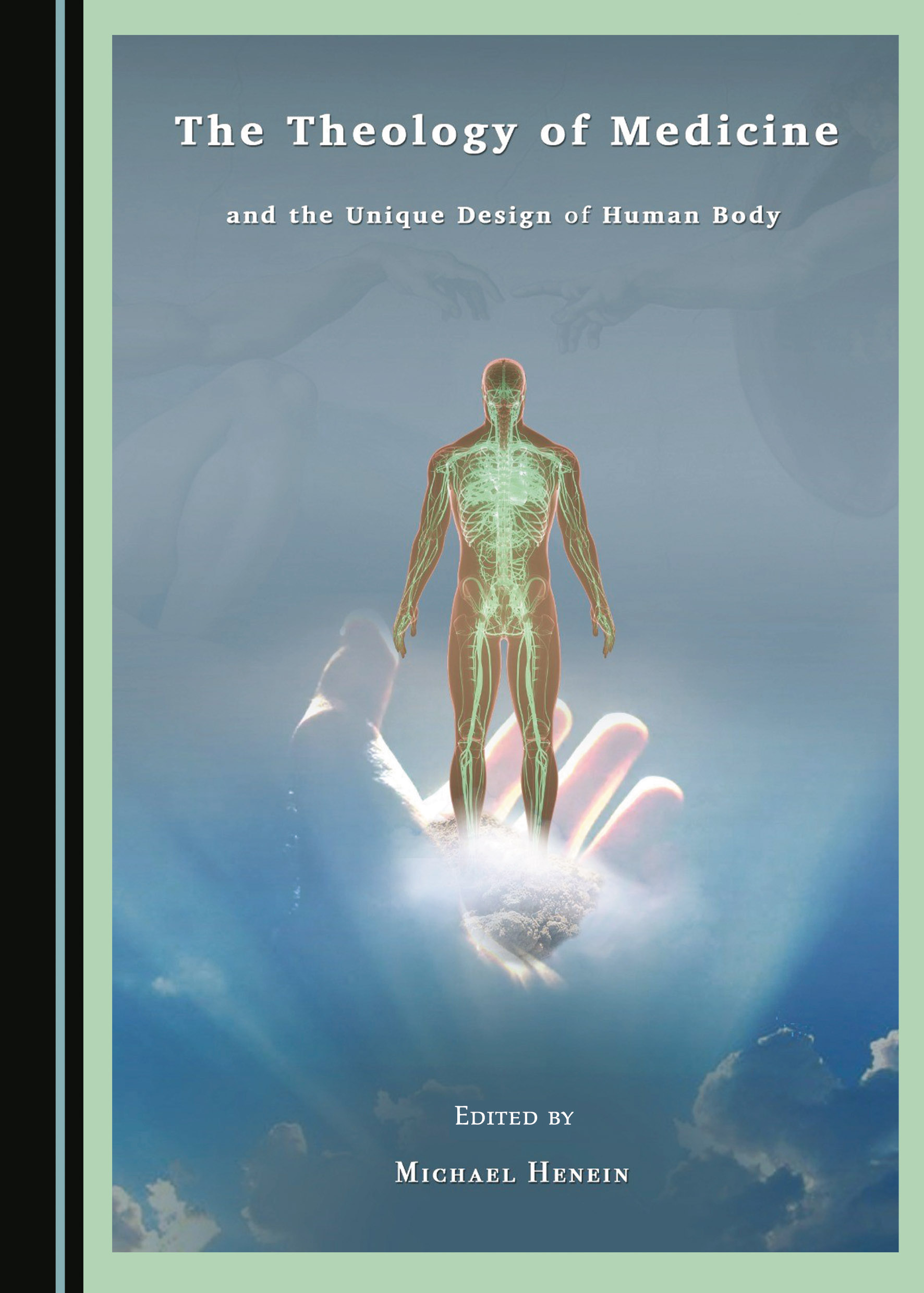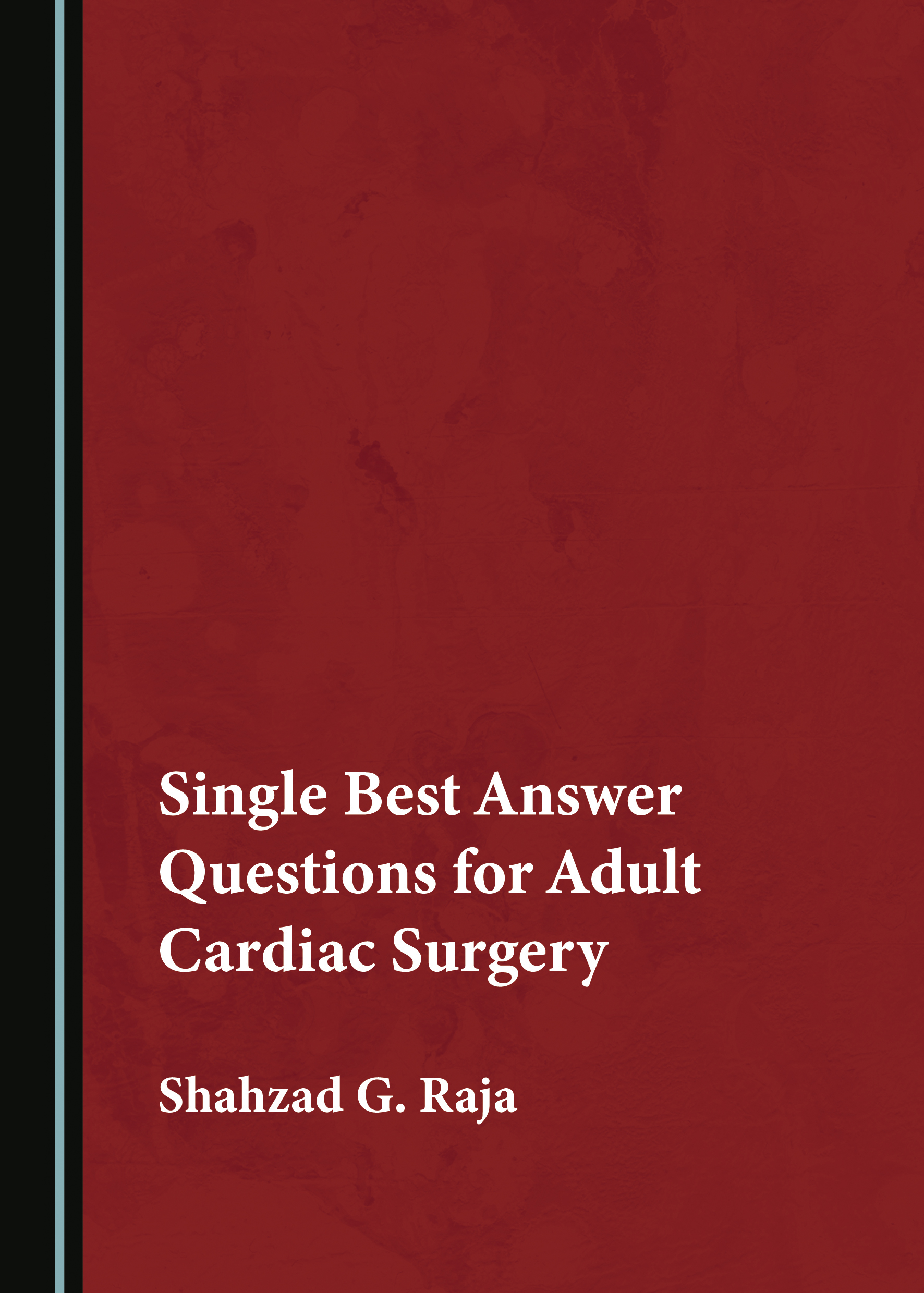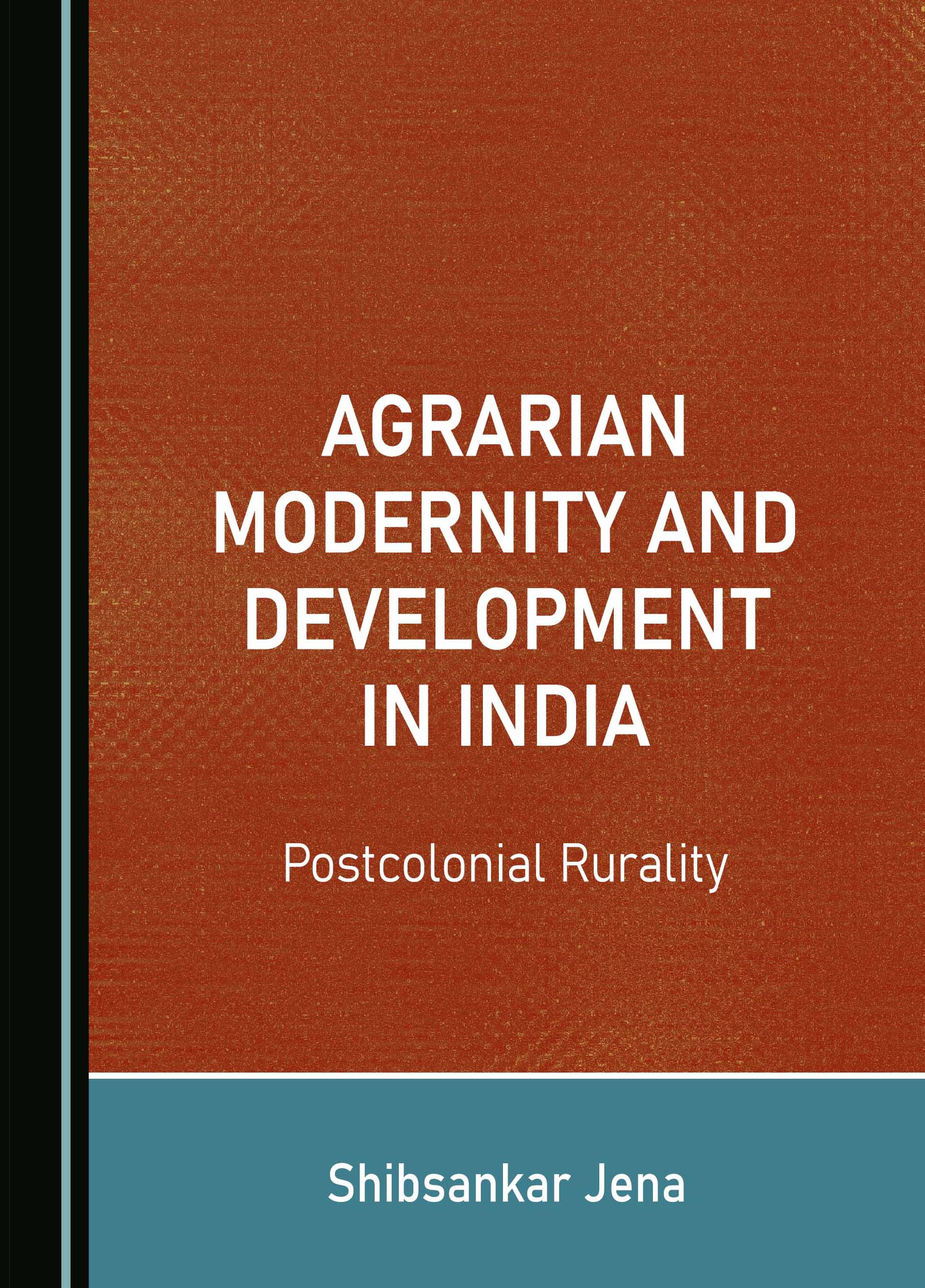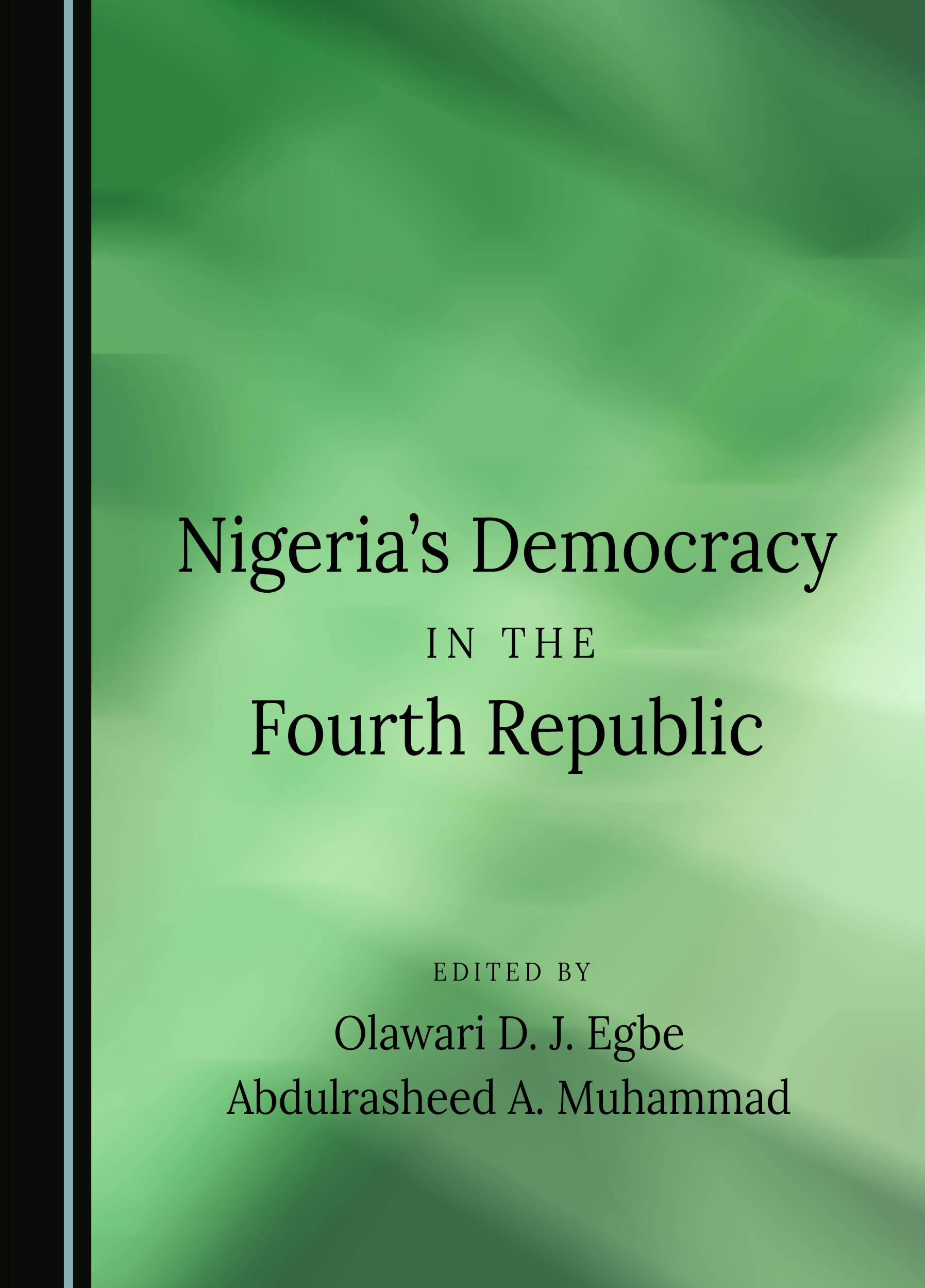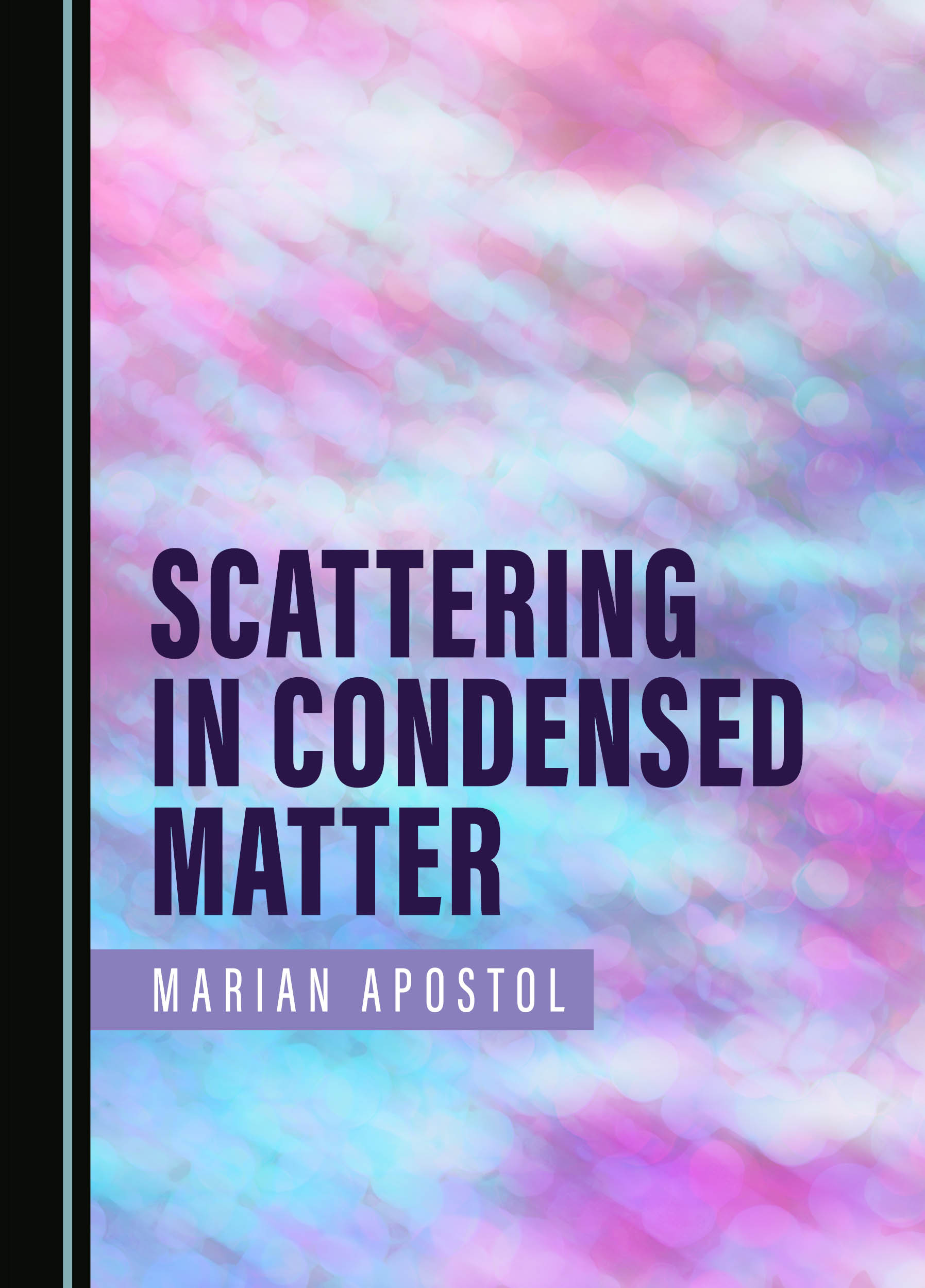An Integrated Approach to Intercultural Communication
This book explores communication, culture, and intercultural communication. The emphasis is on promoting understanding of and appreciation for the rich and varied perspectives encountered in intercultural communication opportunities. Interdisciplinary in nature, the book focuses on the need to develop self-understanding as a first step to intercultural understanding, and highlights the need for the intercultural state of mind to match our multicultural world, the difficulties inherent in the quest of such an objective, the excitement of challenges on the way and the rewards of the success that are sputtering with new energy and yet waiting to be discovered.
Furthermore, the book represents an initial step in the process of building competencies which may facilitate effective communication in all types of cross-cultural settings. It gives a unique outlook of how people from differing cultural backgrounds communicate, in similar and different ways among themselves, and how they endeavor to communicate across cultures.
The book grows out of the philosophy that developing better interpersonal, intercultural communication skills will profoundly benefit the seven billion people who share this planet and who increasingly interact with each other by producing some guidelines with which people can successfully cope with the realities of cultural diversity, the challenges of living in a multicultural world, the need to transcend the unpredictability of intercultural interactions, the accompanying fears that such interactions often encompass, and the feeling of joy and comfort in the discovery of cultural diversity.
Dr Nataša Bakić-Mirić teaches at the University of Niš Medical School, Serbia. She has earned her undergraduate and graduate degrees in Serbia and a graduate certificate in intercultural communication and business administration from Ludwig-Maximilians University in Munich, Germany. Her research has focused on intercultural communication, multiple intelligences theory, English for specific purposes, and the poetry of P. B. Shelley. Up to now, Dr Bakić-Mirić has received several grants to pursue her fields of study abroad. She is the author of two books: English for Pharmacy (first edition, 2006; second edition, 2007), and Percy Bysshe Shelley (2011, in Serbian with translations of Prometheus Unbound and Hellas). An author or co-author of numerous publications in peer-reviewed journals, she also serves as a reviewer in several refereed foreign journals, and as an editorial assistant for the official journal of the University of Niš Medical School. Since 2007 she has been engaged as a researcher in two international and two national projects.
“An Integrated Approach to Intercultural Communication takes the study of intercultural communication to the next level, bringing together different theoretical and practical approaches to intercultural communication in an era in which this phenomenon has become a landmark of human communication, making the reader contemplate once again over many intriguing issues surrounding intercultural communication. In addition, the information used by the author spans a broad spectrum of sources including: anthropology, psychology, sociolinguistics, business, Confucianism, and neuroscience.
The diversity and freshness of the ideas in the book stem from the unique blend of the most important aspects of intercultural communication to provide the reader with an understanding of the depth and breadth of intercultural communication theory and practice in a unique and interesting way. It serves as basis for the journey towards greater intercultural communication competence and understanding of how intercultural communication principles work that is crucial to the development of mutual understanding in the global world.
Thus, the book is a valuable asset for students, interdisciplinary researchers, business people, health care providers, tourists, sojourners, expatriates and their better understanding of the key concepts relevant to understanding intercultural communication.
The book is also an overview of trends and basic problems in intercultural communication that people have been encountering since the concept was introduced in the 1970s. It takes up a number of topics in the field, among them verbal, auditory, nonverbal, business and health care, and proposes some preliminary solutions to such problems, and, most significantly, it touches on both general and specific issues in theory and practice.
Finally, this book imparts knowledge that each intercultural experience is a step in a lifelong commitment to competence in intercultural communication because intercultural communication is, in many ways, an art rather than a science that teaches how to make the world a better place where people from all cultures can live and work together by creating a unique intercultural synergy.”
– Professor Maria Sifianou, Faculty of English Studies, National and Kapodistrian University of Athens, Greece
““An Integrated Approach to Intercultural Communication” investigates multi-faceted domain of intercultural communication with its multicultural focus and interdisciplinary scope – featuring verbal, auditory, nonverbal, health care and business intercultural communication. The book does not only survey past and contemporary theoretical and research grounds but also anticipates future developments by investigating multi-faceted domain of intercultural communication.
The book is divided into six chapters. Chapter 1 introduces basic information about communication, culture, cultural patterns, behaviors that impede intercultural communication such as ethnocentrism, stereotypes, prejudice, bigotry, discrimination, racism, including a very brief introduction to cultural intelligence, multiple intelligences theory, emotional intelligence. Book corpus, Chapter 2 discusses the overall characteristics of intercultural communication, intercultural process thinking, intercultural competence, intercultural communication skills, culture shock, acculturation, intercultural communication barriers, intercultural effectiveness and intercultural training. Chapters 3-6 present and discuss some of the most prominent fields of intercultural communication, namely verbal and auditory, nonverbal, health care, and business. The last part of the book titled Globe-trotting, deals with crucial information of cultural dos across the globe, and the strategies of how to avoid cultural faux pas.
Overtly, this book is an invaluable resource for all scholars, students, sojourners, expatriates, and globe-trotters exploring the broad and vast field of intercultural communication. In this important contribution to contemporary thinking about intercultural communication, Bakić-Mirić brings together discourse from widely divergent theoretical fields to explore the arena of intercultural communication.
This splendid book draws the work of such groundbreaking scholars in the field such as Larry Samovar and Richard Porter and sets these alongside emerging voices to produce something new and persuasive. This is a stimulating book indeed, providing insightful research and reflection on intercultural communication. An unexpected bonus for readers is certainly Appendix A with examples of intercultural practice activities, as well as exercises (intercultural situations) and self-evaluation questions, alongside Appendix B with an extensive review of cultural dos and don’ts around the globe.
Ultimately, a desirable and intended effect of this book is also the development of an interculturally open and tolerant mind, which will eventually lead to a better understanding of the different and varied manifestations of language, culture and communication in human society.”
- Professor Spyronikolas Hoidas, Faculty of English Studies, National and Kapodistrian University of Athens (Greece)
Buy This Book









